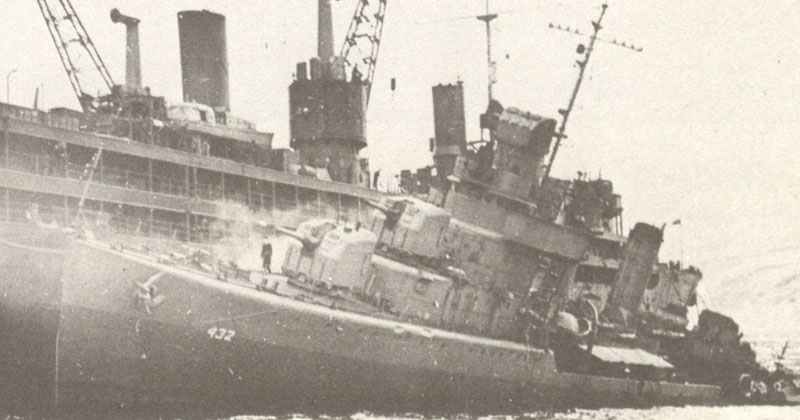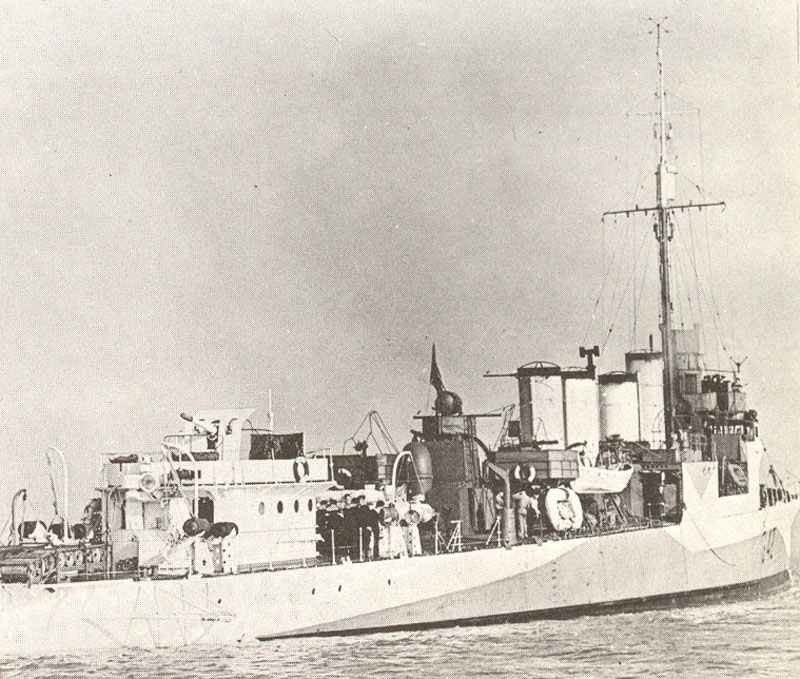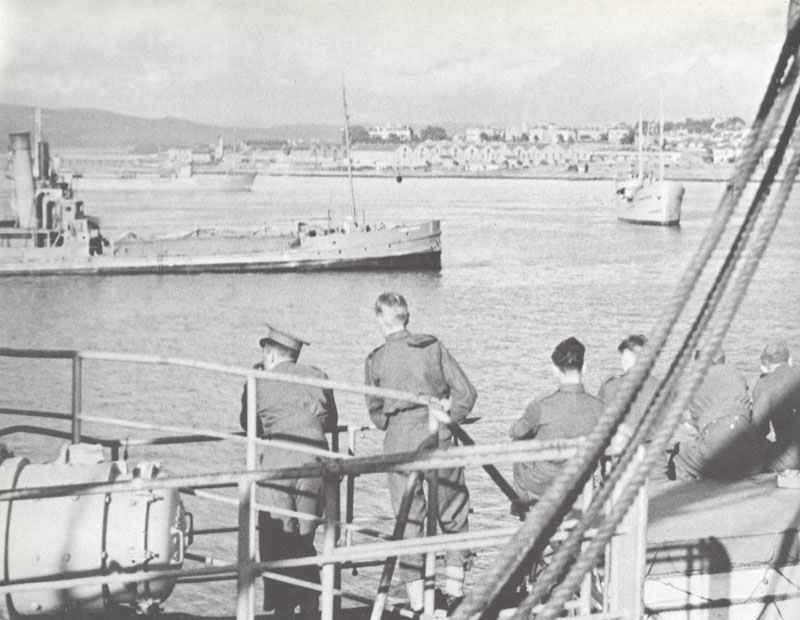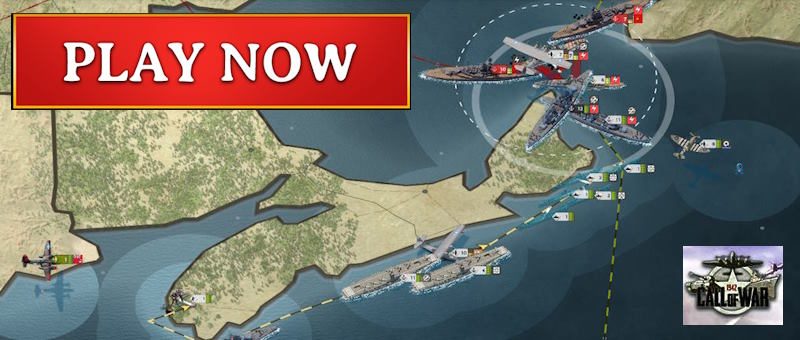Part II of ‘Why did Hitler declare war on the US?’


The ‘undeclared war’ of the USA against Germany
Table of Contents
More attention had to be paid to the United States, and Germany had to win at a rapid pace before the American economic and military potential could be affected.
This was the reason that Hitler wanted to strike in the West just a few weeks after the Polish campaign. This was delayed until May 1940, and he justified the attack on Mussolini by saying that the threatening telegrams, notes, and inquiries of Mr Roosevelt from America would make it necessary to provide for a rapid end of the war.
When Italy entered the war on June 10, 1940, Roosevelt swore publicly that the material aid of the USA was now available to the victims of the aggression. But Roosevelt still had to fight for his reelection in the autumn of 1940 and his hands were tied.
The signs of America ultimately encouraged Hitler in his decision to prepare for the ‘war he wanted to do’. What originally had ideological reasons, now became a global strategy: the attack on Russia. It was meant to destroy British and American hopes of a strong ally in Europe and force Great Britain to conclude peace, which in turn would end the imminent threat of an American entry into the war.

In the fall of 1940, Roosevelt handed over to the British old destroyers, which was interpreted by Admiral Raeder as a US war effort. But Hitler needed time and appeasement until Russia had been defeated next year.
At the end of the year, Roosevelt put a spell on with the Lend-Lease program, describing America as the ‘arsenal of democracies’. Great Britain could now be supplied practically without limit by the still small but rapidly growing US armaments industry.
After the adoption of the Lend-Lease act in March 1941, it was clear that the US had clearly positioned herself on the side of Germany’s enemies. According to the German newspaper Voelkischer Beobachter, ‘We know why and against whom we fight … the final battle begins.’
The OKW (German GHQ) commented that in general this is practically an American declaration of war to Germany. Hitler also said that America had now given him a war reason. But still he needed rest and time …
That is why the U-boats were ordered to the dislike of the German naval leadership, in no way to attack American ships, not to give Roosevelt any war reason. And this, although American warships shaded German submarines and transmitted their positions to the British.
Thus, incidents were more and more frequent, but Hitler declared against the naval leadership that he would avoid every incident with the United States until a clear decision was reached at Operation Barbarossa. In a few weeks the situation would be clarified in Germany’s favor and the tendency of the USA to enter the war would decrease, since the threat by Japan would then also increase.

In July, Hitler’s headquarters in East Prussia reached news that American troops had occupied Iceland. The naval leadership again asked to see whether this new American provocation could be regarded as a US war entry.
Admiral Raeder noted that the Fuehrer wanted to postpone the war entry of the United States for another two months, until the eastern campaign had been completed, and the Luftwaffe could have withdrawn from Russia. A victory in the east is likely to change the overall situation and probably the attitude of the US. Until then, any incidents must be avoided!
He later added that after the end of the Eastern campaign, Hitler could also argue against the USA.
In the meantime, it seemed that the victory against Russia was close, so that Hitler was probably thinking about how he could reach the ‘final victory’. The United States played a major role in his minds, and so there were several talks with the Japanese ambassador on this issue.
There were two possibilities for this: either the victory over Russia leaves the United States from a war entry, or it makes it possible to wage war against them by the acquired resources and the elimination of the last possible opponent in the rear.
Incidents in the Atlantic between the USA and Germany in 1941
In 1941, several incidents occurred in the Atlantic Ocean between the United States and Germany, despite the U.S. not being officially at war with Germany at that time. These incidents were part of the broader context of World War II and the Battle of the Atlantic.
Overview
Extending U.S. Security Zone:
In April 1941, the U.S. extended its western hemisphere defense zone to 26°W, about 2,300 miles east of New York. This expansion increased the likelihood of encounters between U.S. and German naval forces.
U.S. Neutrality Patrol:
The U.S. Navy conducted ‘Neutrality Patrols’ in the western Atlantic, which sometimes resulted in confrontations with German submarines. These patrols often provided intelligence to British forces about German naval movements.
Merchant Ship Attacks:
Throughout 1941, German U-boats attacked numerous merchant ships in the Atlantic, including those flying the U.S. flag or carrying American cargo. These attacks were part of Germany’s attempt to disrupt supply lines to Britain.
Lend-Lease Convoys:
The U.S. began escorting convoys carrying Lend-Lease supplies to Britain, which sometimes led to confrontations with German naval forces.
USS Greer Incident (September 4, 1941):
The USS Greer, a U.S. destroyer, was attacked by a German U-boat while on patrol near Iceland. Although no damage was done, this incident led President Franklin D. Roosevelt to issue his ‘shoot-on-sight’ order, allowing U.S. naval vessels to fire on Axis ships in American defensive waters.
USS Kearny Attack (October 17, 1941):
The USS Kearny was torpedoed by a German U-boat while escorting a convoy near Iceland. The attack killed 11 American sailors and injured 22 others. This incident further heightened tensions between the U.S. and Germany.
USS Reuben James Sinking (October 31, 1941):
The USS Reuben James became the first U.S. Navy ship sunk by hostile action in World War II when it was torpedoed by a German U-boat while escorting a convoy to Britain. The attack resulted in the deaths of 115 of the 160 American crew members.
These incidents contributed to escalating tensions between the United States and Germany, although the U.S. did not officially enter World War II until after the Japanese attack on Pearl Harbor on December 7, 1941. Germany declared war on the United States on December 11, 1941, formalizing the state of conflict between the two nations.

References and literature
Der 2. Weltkrieg (C. Bertelsmann Verlag)
Zweiter Weltkrieg in Bildern (Mathias Färber)
Illustrierte Geschichte des Dritte Reiches (Kurt Zentner)
Unser Jahrhundert im Bild (Bertelsmann Lesering)
A World at Arms – A Global History of World War II (Gerhard L. Weinberg)
Fateful Choices (Ian Kershaw)









